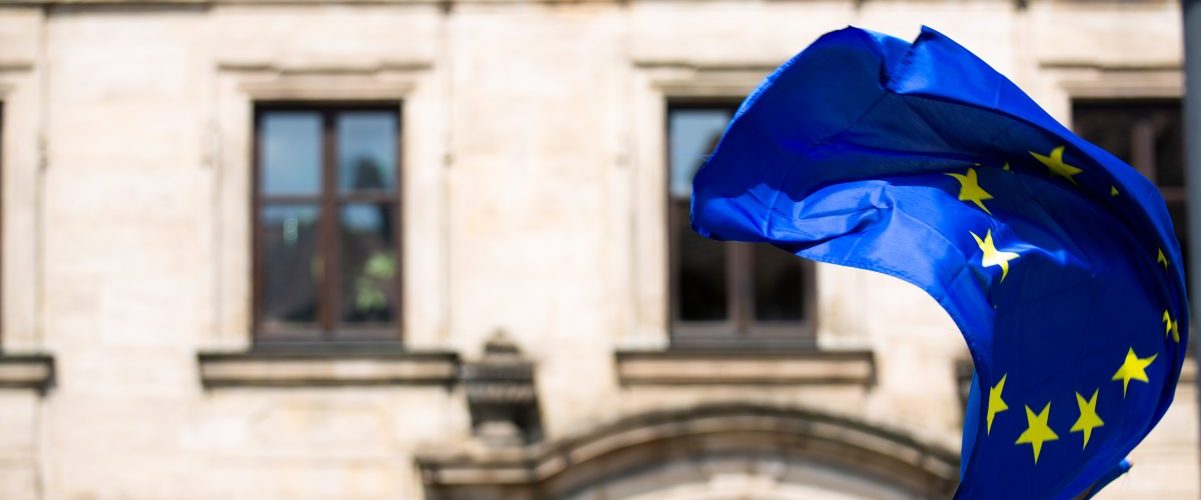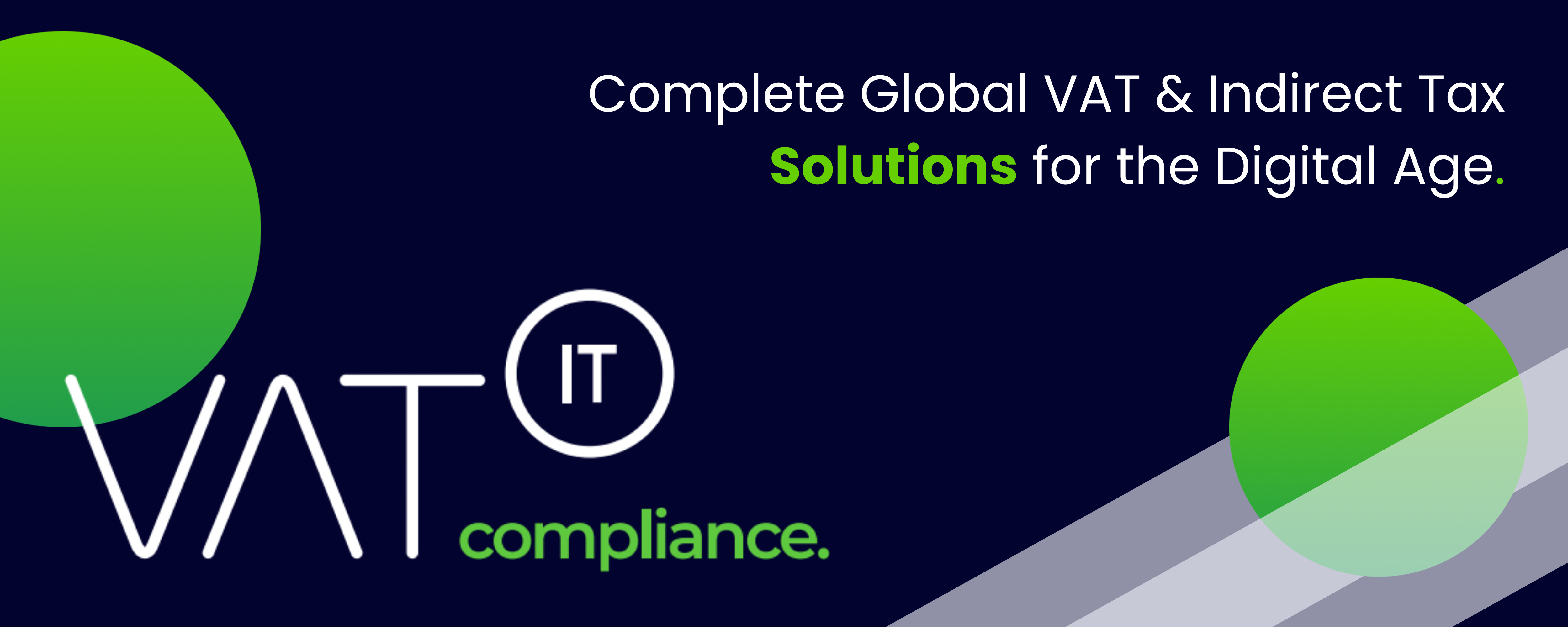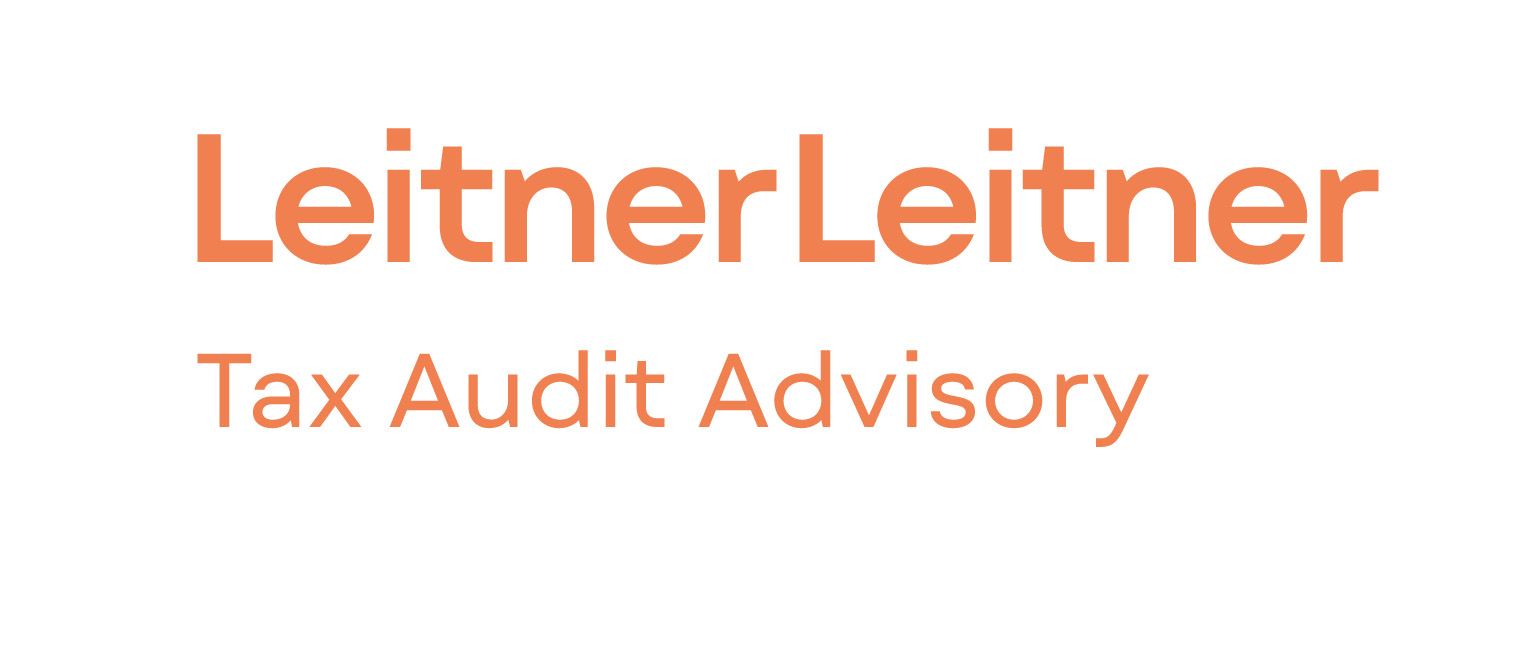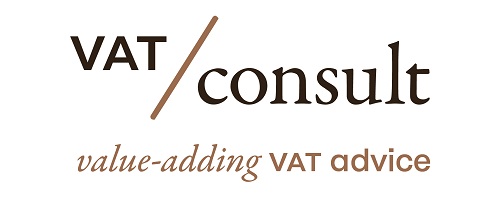- This article explains the concept of reverse charge in VAT and its application in various scenarios.
- Reverse charge is a mechanism where the supplier does not charge VAT on the invoice, and the customer pays and deducts VAT simultaneously through the VAT return.
- The client will manually calculate the VAT on the reverse charge invoice and report that amount as input VAT and as output VAT, having a nil effect for the customer’s and supplier’s cash flow.
- Reverse charge applies in different kinds of transactions, both domestic and intra-Community, and requires specific content on the invoice, such as a note indicating that “Reverse charge” applies and the customer’s VAT number.
Source Marosa
Latest Posts in "European Union"
- New GC VAT Case: C-689/25 (British Company) – No details known yet
- CJEU Clarifies VAT Rules for Transfer Pricing Adjustments in Intragroup Transactions
- ETAF Calls for Modern, Harmonised VAT Rules for EU Travel and Tourism Sector Reform
- EU Council Approves Customs Duty Cuts on Ukrainian Agri-Food Products
- EC Report: Three EU Countries Account for 75% of VAT Rate Deviations














